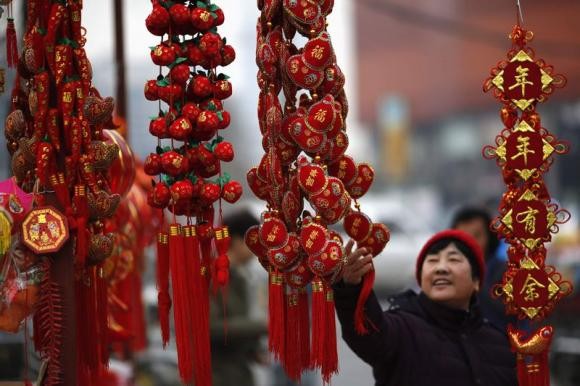The unexpected disabling of Alipay on China's popular WeChat mobile app in the lead-up to the Chinese New Year period, when millions of digital red envelopes are transmitted, was lost in the "noise" of the hectic payment activity that Alibaba Group's e-commerce arm oversaw from Feb. 18-21.
An official Alipay statement on Wednesday revealed that a grand total of 4 billion yuan ($639.3 million) was gifted during the peak time of New Year's Eve, as China's mobile users followed the 21st-century version of an age-old tradition.
Known in the Chinese language as "hongbao," the red envelopes are an expression of honor shared with people of importance. As a Shanghai office worker explained to the local media:
"The amount doesn't really matter, what's important is that it signifies best wishes and good fortune for the Year of the Sheep."
Known as "Jerry," the Shanghai resident said that she received several hundred yuan worth of e-hongbao from friends and colleagues. The office employee is a resident of the Chinese city that was responsible for the highest amount of digital hongbao sent via the Alipay platform, while second place was Hangzhou in neighboring Zhejiang Province, followed by Beijing in third place.
Jerry told the Shanghai reporter that a digital red envelope "usually contains between 10 and 20 yuan," but the highest average payment registered by Alipay was in Tianmen City in Hubei, where the residents sent payments worth an average of 139 yuan.
Alipay's data also revealed a younger patronage rate, with 50 percent of the virtual red envelopes coming from users under 25 years of age.
Tencent Holdings' WeChat, which offered its own e-hongbao service, also produced considerable figures, with 3.27 billion red envelopes sent from Feb. 18-23. According to Tencent, the residents of Guangdong and Zhejiang sent the most digital hongbao through WeChat.



























